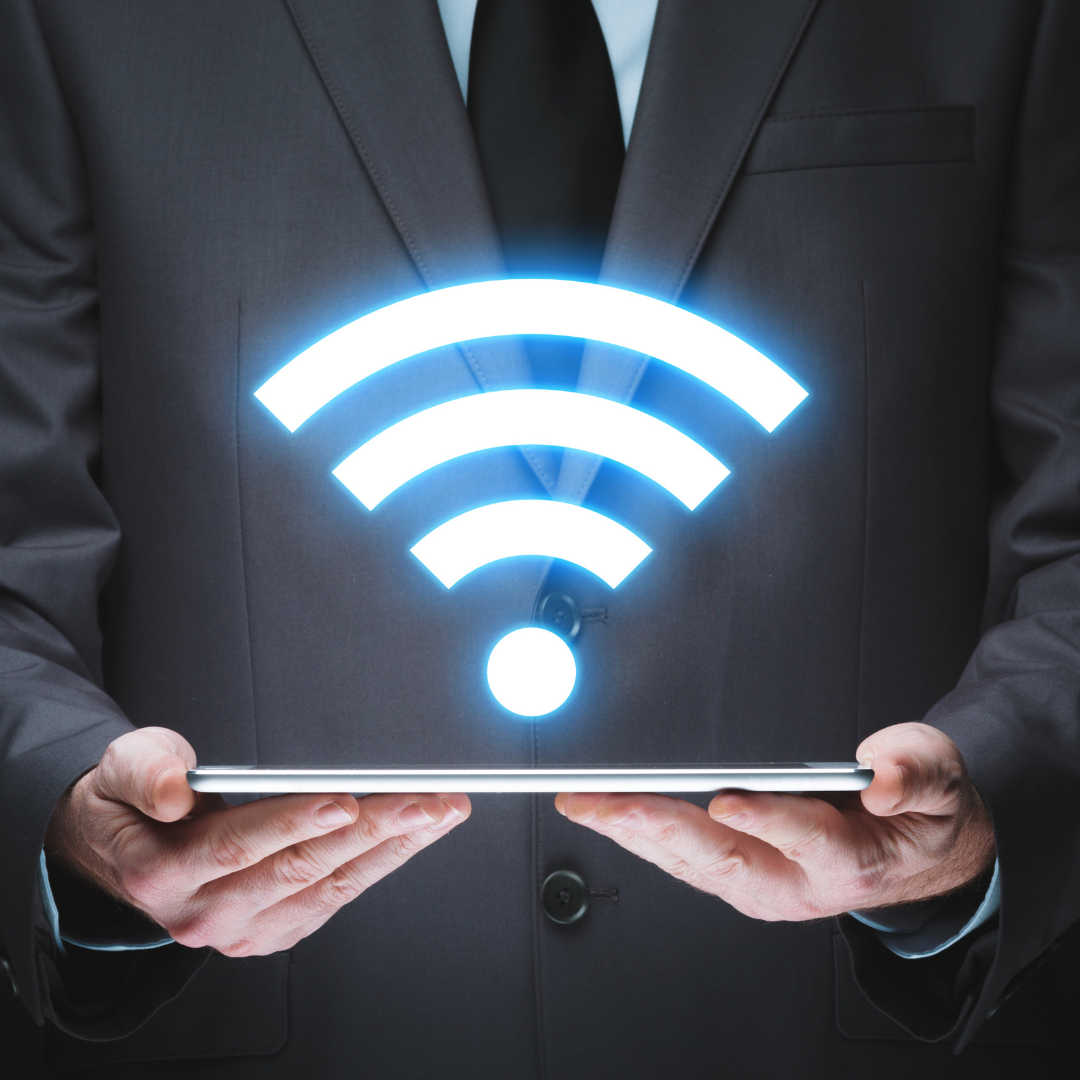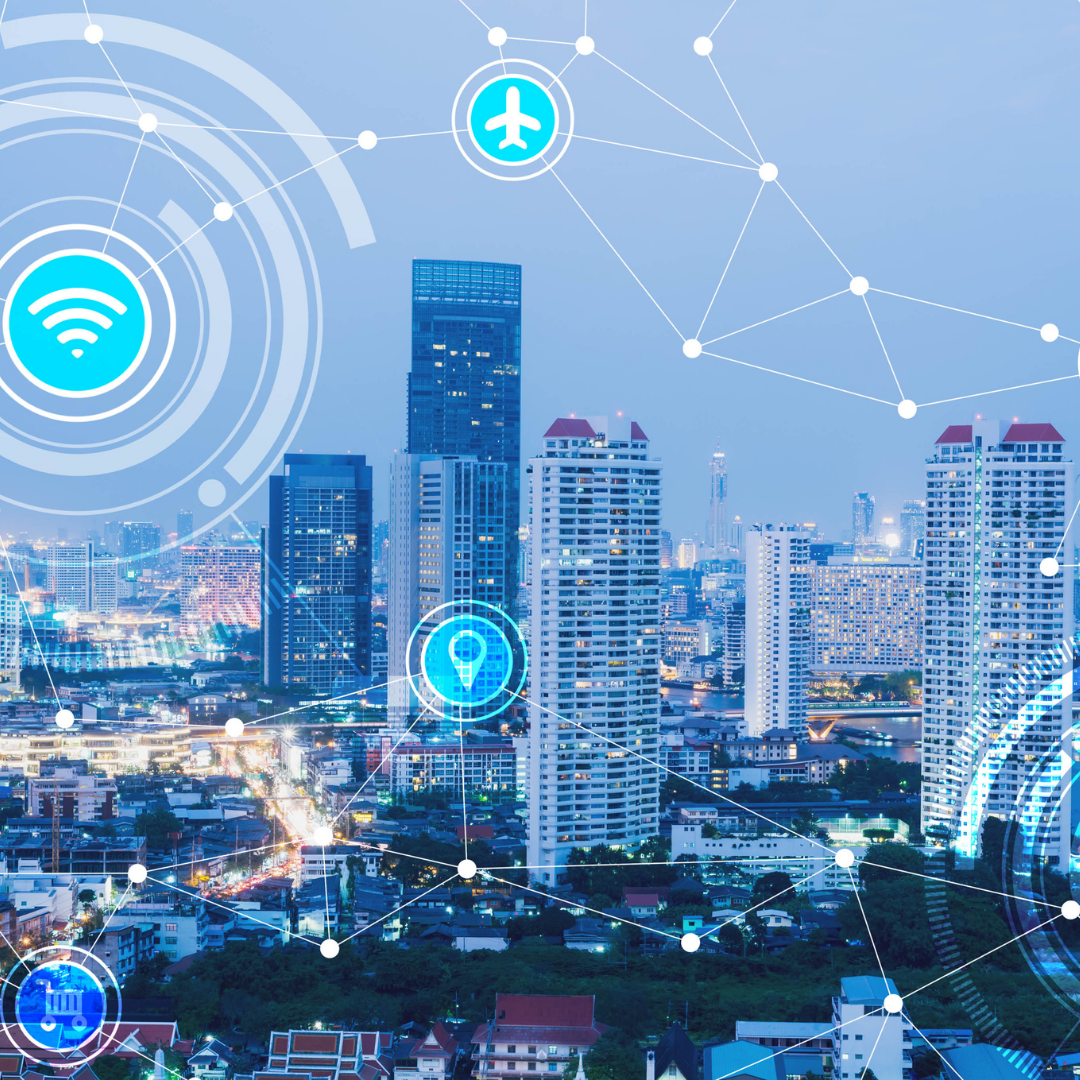Slow WiFi is a problem that millions of users have to deal with every day. With our ever-increasing reliance on cloud and mobile services, it’s not uncommon for our WiFi speeds to be as slow as dial-up. The problem is on-device WiFi is a difficult thing to fix. Many of us have had a few moments where our Internet connection has been too slow or has simply stopped working, and then we ask ourselves: “Why is this happening? Why am I only getting 1MB/s? Why is my internet so slow?”
WiFi is the backbone of modern life, and essentially the world revolves around it. Think about it: if you can’t get on the internet, you’re unable to read your emails, stream your favorite movie, or visit entertainment websites (like Tube v Sex). How would that make you feel? A slow connection slows everything down, from loading your website to opening a game. This can be especially frustrating when your connection is so slow that it can be difficult to play games without lagging too much. So here’s How to Fix Slow WiFi.
- Restart your Router
When your router stops working, you may be tempted to send it off to the dump. Resist that urge! Most routers don’t need to be replaced, and there are some quick fixes you can try to make them work again. The router is one of the most important devices in a home network. Without a working router, you wouldn’t be able to make calls, send texts, or stream videos. And, in most cases, you wouldn’t even be able to access the internet. But, even if your router is working, it could be doing a lot of work without you knowing it. Often, the router will be left on for hours at a time, even when you’re not home. This means it is heating up, and eventually, it will break down. Restart the router and wait at least 1min, then try using it again and see if the problem persists.
- Check the devices that are connected to the WiFi
WiFi is everywhere today. It is used to connect laptops to the internet, connect smartphones to the internet, to connect video games consoles to the internet, to connect medical devices, to connect smart home devices, to connect household items to the internet, to connect security cameras, to connect garage doors, to connect fridges, to connect printers, and to connect ovens.
The internet is made up of lots of networks, but the most popular will be the WiFi networks. These networks are important because they carry all the information you want to access online at a quick pace. If a device does not have a WiFi connection, its internet speed will be reduced by 75%. If too many devices are connected to the internet at once, the internet speed will be halved.
In Internet jargon, the term “bandwidth hogs” refers to the devices which consume a significant amount of data on a WiFi network. These devices often stream high-definition videos from YouTube, play games, and download large files. If too many devices are affected, the network suffers and slows down. If the network is limited, it will not work properly for everyone.
One of the most common complaints I hear from customers of wireless Internet service is that it is too slow, and they can’t stream videos, download files, or stream media. The WiFi is too slow – even when it is ‘Fast,’ ‘Fastest,’ ‘Super-Fast,’ or ‘Ultra-Fast.’ Wireless Internet service is not all the same, and a lot of those differences are based on the type of modem that is in your home. Bad ISP service is a real problem for many users. For months, you may have been complaining about slow connection speeds, duplicate or lost IP addresses, or unresponsive servers. Instead of blaming the provider or being dissatisfied with the service, why don’t you try contacting them before you get so irritated? It always works.




